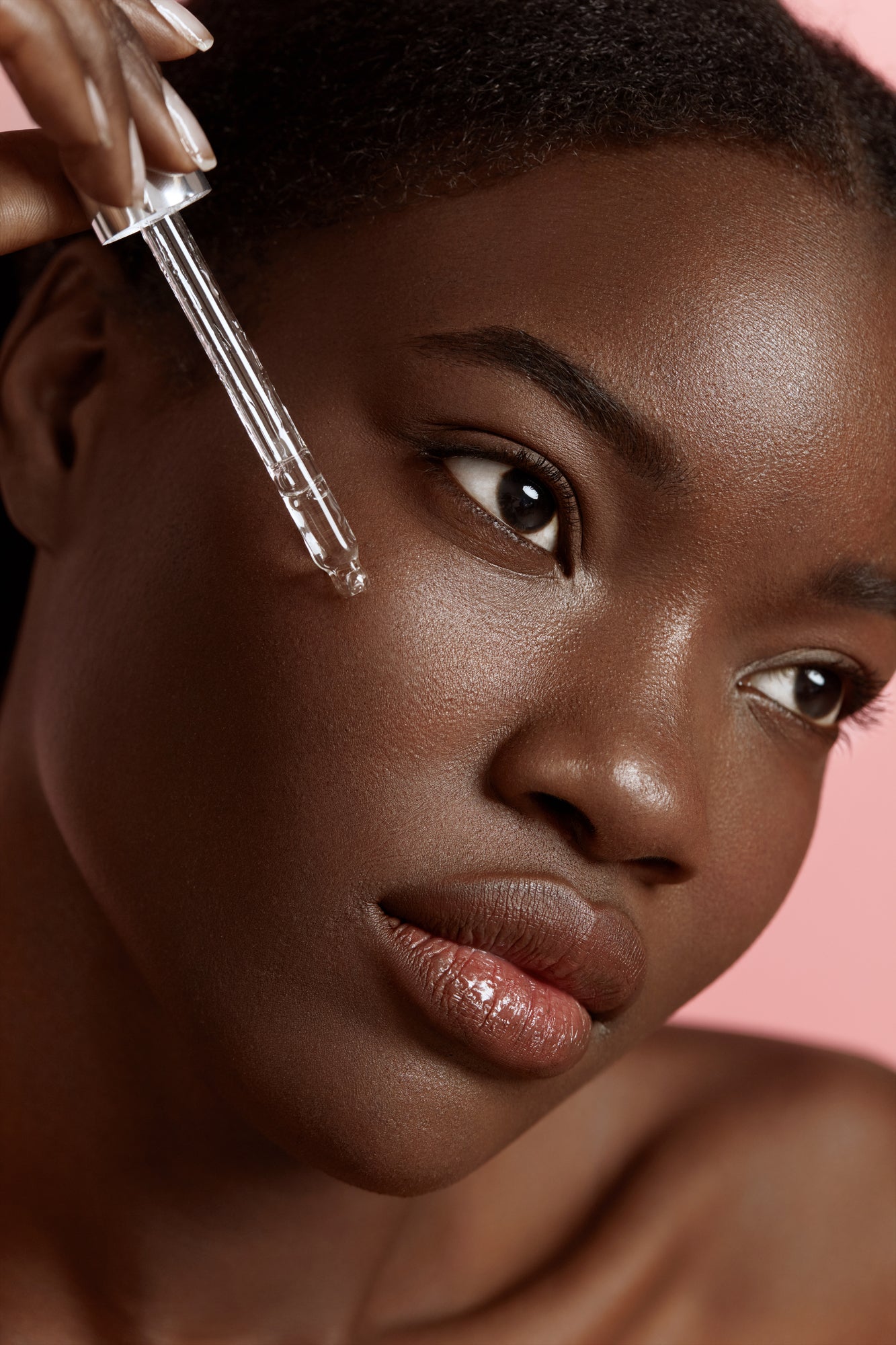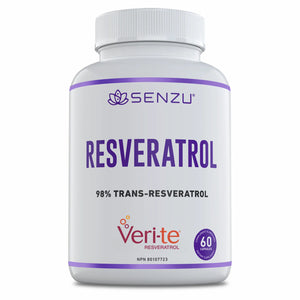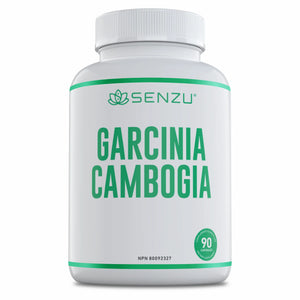How to Incorporate Niacinamide Into Your Daily Skincare Regimen

In recent years, niacinamide has taken the skincare world by storm, and for good reason, as it is a popular skincare ingredient known for its multiple benefits. This powerhouse ingredient, derived from Vitamin B3, has become a staple in the beauty routines of skincare enthusiasts and professionals alike. Its versatility and effectiveness make it a must-have in addressing various skin concerns, from acne to aging. But what exactly is niacinamide, and how can you incorporate it into your daily skincare regimen for optimal results, particularly when combined with niacinamide and vitamin C? In this guide, we’ll explore everything you need to know about niacinamide—what it is, its benefits, how to use it, and what to expect as you make it a part of your routine.
Whether you’re new to skincare or looking to refine your current routine, understanding the skin benefits niacinamide can play in your daily skincare routine is crucial. Incorporating niacinamide into your skincare lineup can help you achieve smoother, brighter, and healthier-looking skin, contributing to an even skin tone and texture, while also improving overall skin health. But like any powerful ingredient, it’s important to know how to use it correctly to maximize its benefits while avoiding potential pitfalls. By the end of this guide, you’ll have a comprehensive understanding of how to make niacinamide work for you, ensuring your skin reaps all the rewards this remarkable compound has to offer.
What is Niacinamide?
Niacinamide, also known as nicotinamide, is a form of Vitamin B3 that offers a multitude of benefits for the skin. It plays a vital role in maintaining overall skin health by helping to build proteins in the skin cells and locking in moisture to prevent environmental damage. Unlike some other active ingredients that target specific issues, niacinamide is a versatile compound that can be beneficial for a wide range of skin concerns, including helping to strengthen the moisture barrier. This makes it a popular choice for people looking to address multiple issues with one product.
One of the key reasons niacinamide has gained such popularity is its anti-inflammatory properties, which make it particularly effective in treating conditions like acne and rosacea; niacinamide can help soothe irritated skin. It helps reduce redness and blotchiness, making the skin appear more even-toned. Additionally, niacinamide is known to minimize the appearance of pores, smooth out fine lines and wrinkles, and brighten dull skin. Its ability to regulate oil production also makes it a favorite among those with oily or acne-prone skin. Overall, niacinamide is a multi-functional ingredient that can enhance your skincare routine by improving skin texture, boosting radiance, and strengthening the skin’s barrier function.
The Benefits of Niacinamide for All Skin Types
One of the most appealing aspects of niacinamide is its suitability for all skin types. Whether you have oily, dry, sensitive, or combination skin, niacinamide can be a beneficial addition to your skincare routine, as it caters to various skin types and conditions. For those with oily skin, niacinamide’s ability to regulate sebum production is particularly advantageous. By controlling excess oil, niacinamide helps prevent breakouts and reduces the appearance of enlarged pores, leading to a smoother, more refined complexion.
For individuals with dry or sensitive skin, niacinamide offers significant moisturizing benefits. It strengthens the skin’s barrier function, helping to retain moisture and protect against environmental stressors. This can be especially helpful for those dealing with dry patches, irritation, or conditions like eczema, as niacinamide can be used to strengthen the moisture barrier. Sensitive skin types will also appreciate niacinamide’s gentle nature; unlike some other actives, it doesn’t typically cause irritation or exacerbate sensitivity, making it a safe choice for daily use.
Niacinamide’s ability to address hyperpigmentation and uneven skin tone is another reason it’s beloved by many; here's how to incorporate niacinamide into my skincare routine. It can help fade dark spots and reduce the appearance of pigmentation issues, giving the skin a more even and radiant look by incorporating niacinamide into my skincare. Additionally, niacinamide has been shown to have anti-aging properties, as it can improve skin elasticity and reduce the visibility of fine lines and wrinkles. This makes it a valuable ingredient for those looking to maintain youthful, vibrant skin while reducing the appearance of fine lines; niacinamide can help achieve this goal.
Choosing the Right Niacinamide Product
With the growing popularity of niacinamide, you’ll find it in a variety of skincare products, including serums, creams, toners, and even cleansers. Choosing the right niacinamide product depends on your skin type and condition, as well as specific concerns in your skincare journey. For beginners, starting with a niacinamide serum is often recommended, as it is well tolerated by most skin types. Serums typically contain higher concentrations of active ingredients, making them more potent and effective, especially those formulated with niacinamide. Look for a serum with a concentration of around 5% to 10% niacinamide, which is generally well-tolerated by most skin types.
If you have sensitive skin or are new to using active ingredients, you might prefer a product with a lower concentration, such as a niacinamide toner or moisturizer, to help strengthen your skin. These products can provide the benefits of niacinamide in a gentler form, allowing your skin to build tolerance over time while incorporating niacinamide into your skincare. For those with more experience or specific concerns like severe acne or hyperpigmentation, higher concentrations of niacinamide, up to 20%, can be considered, but it’s essential to monitor your skin’s response.
It’s also important to consider the other ingredients in the product, especially when using a niacinamide serum alongside acids. Niacinamide pairs well with many other actives, including hyaluronic acid, but the overall formulation should align with your skin types and concerns. For example, if you’re targeting pigmentation, a niacinamide product with additional brightening agents like vitamin C might be beneficial for achieving an even skin tone and texture, as niacinamide is also known for its brightening effects. On the other hand, if hydration is your primary concern, a product that combines niacinamide with hyaluronic acid could be ideal. Always choose products that complement your existing routine and address your unique skincare goals.
How to Incorporate Niacinamide Into Your Skincare Routine
Integrating niacinamide into your skincare routine is straightforward, but the key to success lies in consistency and correct application of topical niacinamide in your skincare. In the morning, start by cleansing your face with a gentle cleanser suitable for your skin type. After cleansing, apply a toner if you use one; this helps to balance the skin’s pH and prepare it for the next steps, including the application of niacinamide serum in your skincare routine. Next, apply your niacinamide serum, as it is easy to incorporate into your daily routine. Serums are typically applied after toner and before moisturizer because their smaller molecules allow them to penetrate the skin more deeply; using a niacinamide serum can enhance these effects and improve overall skin quality. After the serum, follow up with a moisturizer containing hyaluronic acid and niacinamide to lock in hydration and finish with sunscreen, crucial for protecting your skin from UV damage and preventing hyperpigmentation.
In the evening, your routine can be similar, with a few adjustments, especially if you include niacinamide for its skin benefits. Begin with cleansing to remove the day’s makeup, oil, and impurities. If you exfoliate, do so after cleansing, but be mindful of not over-exfoliating, especially when using popular skincare ingredients like niacinamide. After cleansing (and exfoliating, if applicable), apply your niacinamide serum. If you use a retinol or other active ingredients, you can layer them with niacinamide, but always ensure you’re using products that strengthen the skin barrier and are not too harsh when combined. Finally, apply your moisturizer to seal in all the benefits of the previous steps.
As with any skincare product, it’s important to introduce niacinamide gradually to maximize its numerous skin benefits. Start with using niacinamide once daily, either in the morning or evening, and observe how your skin responds to this versatile ingredient that can be used for various skin types and concerns. If your skin tolerates it well, you can increase usage of niacinamide serum in your skincare to twice daily. The consistency of application is crucial for seeing results, so make niacinamide a regular part of your routine to experience its full benefits and help strengthen your skin, as it has been shown to improve skin health.
Combining Niacinamide with Other Skincare Ingredients
Niacinamide is often lauded for its compatibility with a wide range of other skincare ingredients, including acid and niacinamide, making it a versatile addition to almost any routine. One of the most common pairings is hyaluronic acid, a hydrating agent that can enhance the moisturizing benefits of niacinamide. When used together, these ingredients can improve overall skin hydration, texture, and radiance, showcasing the numerous skin benefits of niacinamide. Hyaluronic acid should be applied first, as it helps to draw moisture into the skin, followed by niacinamide to lock in that moisture and provide additional benefits.
Niacinamide also pairs well with retinol, an ingredient known for its anti-aging properties, making it a versatile ingredient in skin care products. Retinol can sometimes cause irritation, especially for those new to it, but niacinamide’s soothing and anti-inflammatory effects can help mitigate this, making niacinamide and retinol a complementary duo. Applying niacinamide after retinol can help calm the skin and prevent potential irritation. However, it’s important to introduce retinol gradually and monitor how your skin reacts to the combination.
When it comes to vitamin C, there’s been some debate over whether it should be used in conjunction with niacinamide. Early research suggested that the two might cancel each other out, but more recent studies have shown that they can actually complement each other when formulated correctly, demonstrating how niacinamide is a versatile ingredient. Vitamin C is a powerful antioxidant that brightens the skin and fights free radical damage, while niacinamide improves skin texture and tone. If you choose to use both, they can be applied in separate routines (e.g., vitamin C in the morning and niacinamide in your skincare routine in the evening) or layered, depending on your skin’s tolerance.
Common mistakes to avoid include mixing niacinamide with acid and niacinamide, which may alter its effectiveness or cause irritation, such as certain exfoliating acids. Always check product formulations and consider how each component works together within your routine to ensure you’re getting the best results without compromising your skin’s health.
Potential Side Effects and How to Avoid Them
While niacinamide is generally well-tolerated by most skin types, some individuals may experience side effects, especially if they have very sensitive skin or are using a product with a high concentration of niacinamide. Common side effects can include redness, irritation, or a tingling sensation, which typically occur when the skin is adjusting to a new product or if the concentration is too high.
To minimize the risk of side effects, it’s important to start with a lower concentration of niacinamide, especially if you’re new to using it. Products with 2% to 5% niacinamide are generally well-suited for beginners, especially those looking to improve their skin and reduce irritation. Additionally, performing a patch test before fully incorporating a niacinamide product into your routine
Conclusion
Incorporating niacinamide into your skincare routine can unlock numerous benefits, from improving skin texture to reducing the appearance of pores and fine lines. This versatile skincare ingredient is suitable for all skin types and can address a variety of concerns, making it a valuable addition to any regimen. Whether you're just starting with skincare or looking to enhance your routine, niacinamide can help you achieve healthier, more radiant skin when used consistently and correctly.
As you explore the world of niacinamide, remember that choosing the right products and following a thoughtful application process are key to maximizing its benefits. If you're ready to elevate your skincare routine with the power of niacinamide, explore the high-quality, dermatologist-recommended products from Senzu Health. Our range of niacinamide serums and other skincare essentials are designed to deliver visible results while caring for your skin. Visit Senzu Health today to start your journey to better skin!

















